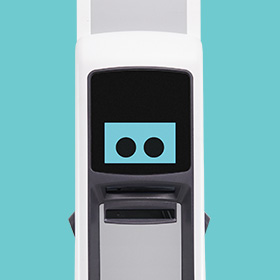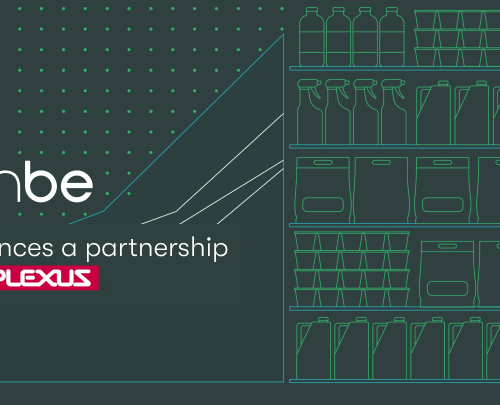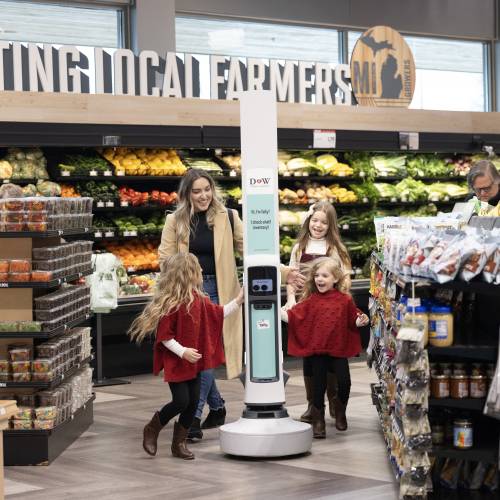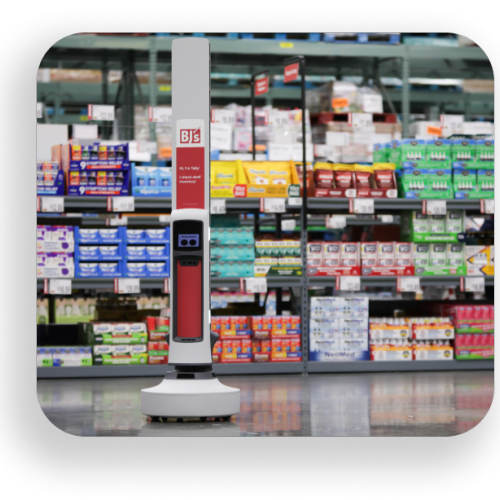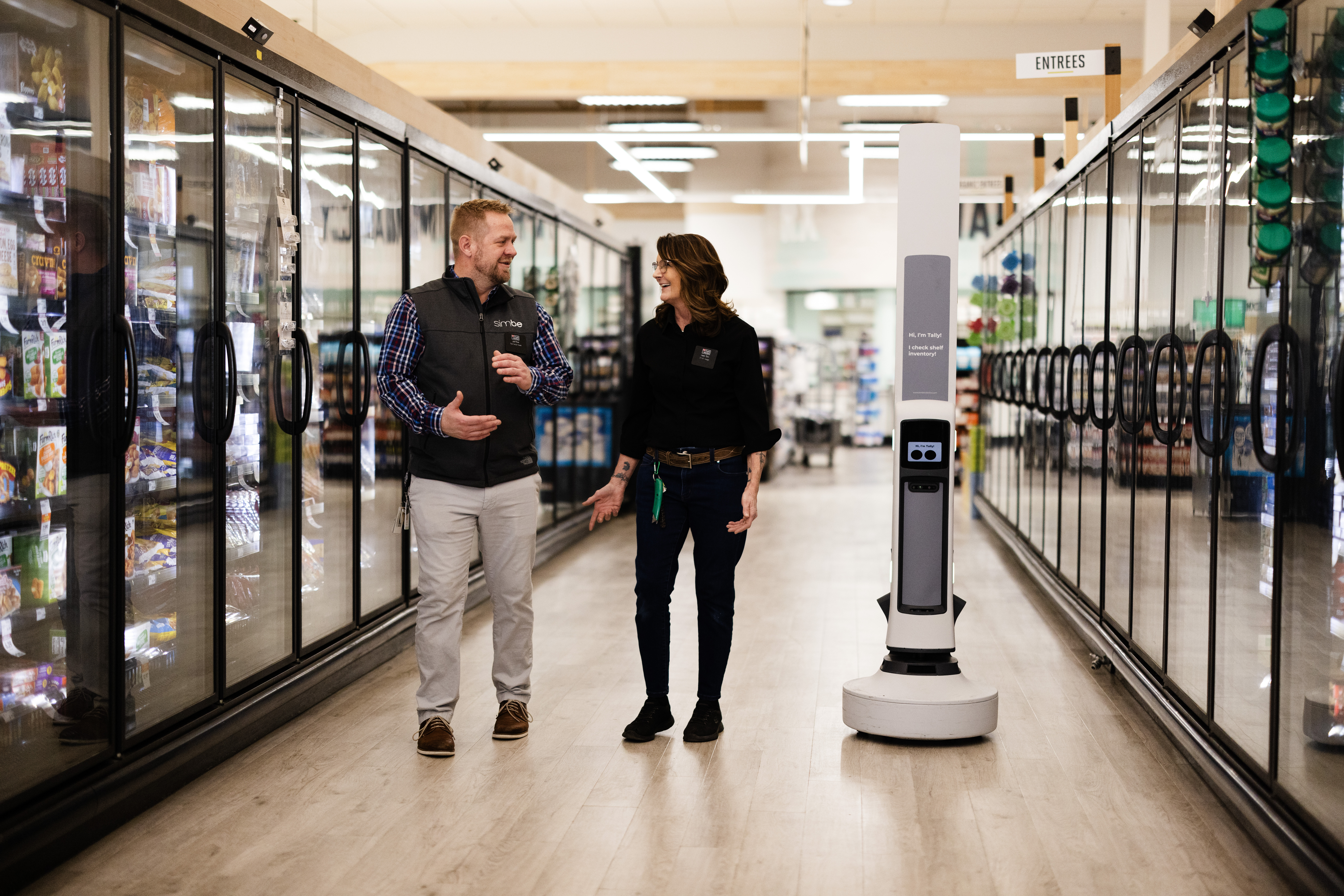
Retailers invest a lot in the people who make them what they are. But keeping store employees is hard when so many of their tasks are mind-numbing and prevent them from serving shoppers, which is why many get into their profession in the first place.
Manual audits take retail teams away from customers for hours every week. They’re one of the top reasons retail workers quit their jobs, and they’re why shoppers believe desired items aren’t at the store so often… even though they’re elsewhere in the building over half (60%) of the time!
60% of allegedly OOS items are actually on-site and sellable.
Simbe and its pioneering customers believe there’s a better way. We believe that store teams deserve jobs they love; that shopping can be easy & fun; and that stores should be able to sell items at the right price.
Because we’re fairly confident you believe all those things too, we’ve written this blog to share a new approach that our retail partners are pioneering to bring all those beliefs to life.
Challenges in Supporting & Retaining Productive Store Teams
Traditionally, manual audits require store teams to roam the store to find low & OOS items, as well as price & promotion errors. While the approach likely worked when it began, today’s store operations, merchandising, eCommerce, and supply chain are a lot more complex. Do manual audits really stand much of a chance?
While store teams often choose their careers to serve customers, manual audits distract a lot from that originating purpose. The task takes hours each week. And because store teams are often interrupted in the process, an average of five of every six OOS items – and 9 of 10 of pricing & promotion errors – aren’t found. (Source: Simbe)
Manual inventory checks miss 90% of price & promotion errors and 5 of 6 OOS items.
From a macro perspective, research also shows that such monotonous work is a key reason that retail employee attrition currently exceeds 90%. As Kim Anderson, Schnucks’ Vice President of Center Store said when Simbe’s retail partner received The Most Innovative Grocer by Omni Talk Retail in 2023: “it’s the worst work.”
Clearly, store teams need a new solution. With as much as retail cares about store teams’ experience, manual audits may need a refresh.
Challenges in Capturing Modern Shopper Spend
Who enjoys visiting a store just to discover your must-get item isn’t there? We mutter four letter words, text complaints to family or friends, maybe gripe on social media… and then use store wifi to buy the item online. Things get worse when we can’t wait for online delivery. We stomp to our cars, pumping even more CO2 into the world as we drive to a competitor location. Once the situation repeats too many times, we simply go to alternate locations first.
The above scenario plays out more than we might imagine – or less, depending on how often we shop! Since the pandemic, half of consumers have started shopping somewhere else because so many desired items aren’t on the shelf. (Progressive Grocer estimates that 1 in 5 items that consumers want aren’t available for purchase. What’s shocking is that 60% of the time, those products are actually in the back room or elsewhere in the store.
60% of the many items that shoppers believe they can’t buy are actually in the back or somewhere else in the store! (Source: Simbe)
While such statistics are eye-opening, it’s perhaps more mind-boggling that this reality exists at all. According to Gartner, retailers have never invested more in digital transformation, and nearly two-thirds (63%) will increase their spend in 2024. This is something retail cares about! Having items in-stock, in the right place, at the right price isn’t just the fuel for sales, revenue, and margin. Product accuracy and availability are the foundation of why retail exists.
And yet manual audits mean that sellable items often aren’t where they can be purchased – and that they’re often sold at the wrong price. With as much as retailers value the shopping experience, manual audits may need a refresh.
The Modern Enemy of Retail: “Status Quo” Manual Audits
Retail invests a lot to get shoppers to stores – and to delight them while there, as well as the store teams that serve them. But saying that is easier said than done, especially when you consider retail headwinds of late:
- Surging labor costs
- Plunging labor availability
- Supply chain delays
- Increasing consumer expectations
- Macroeconomic volatility
- Geo-political tensions
- And more
Retail executives champion these trends every day, as they deliver value to shareholders, store teams, shoppers and ecosystem partners like CPG brands, distribution suppliers, food delivery providers and so on. These executives know manual audits no longer work. And they know that – while valuable parts of the solution – electronic shelf labels, fixed or partially stationary cameras, and even autonomous robotics & artificial intelligence don’t offer a sufficiently comprehensive solution on their own.
Not even shelf intelligence, a recent phenomenon, is enough to unlock all of the revenue hiding in plain sight in today’s stores. A more holistic and self-perpetuating source of store intelligence is needed.
The above is precisely why North American retailers are rallying around a new approach to manual audits, so they stop losing $349 B in annual sales from over and out-of-stocks. They believe spoilage and supply chain disruptions don’t have to impact over 25% of inventory – which causes the US to discard more food than any country in the world each year. (Those 120 billion pounds comprise almost 40% of the entire U.S. food supply, equal to nearly one pound of wasted food per American every day!)
Talk about some *food* for thought… and inspiration!
Introducing Store Intelligence™ - Unlocking Revenue Hiding in Plain Sight
Our retail partners are pioneering a new way of ensuring product availability and price integrity with our AI & robotics platform. We call this new way of doing business Store Intelligence: The comprehensive, trustworthy process of surfacing critical analytics that pinpoint trends across stores by capturing & synthesizing 100% accurate product location, price, and promotion information.
At its heart, this new retail strategy starts from a desire to better serve shareholders, store managers, associates, and shoppers. It doesn’t hurt that Store Intelligence also empowers everyone to also have more fun doing their jobs, so that:
- Shoppers stay in stores longer, spend more, and come back more often because items are always priced and placed correctly.
- Associates don’t just dislike the monotony of certain tasks less, but love their overall jobs more, thanks to better ways of prioritizing tasks and serving customers. Simbe customers rededicate 30 hours per week to customer service, thanks to the time they save!
- Store managers have a clearer mechanism to manage inventory, store performance, operations execution, eCommerce, merchandising, and safety – while ensuring team morale and retention. Simbe customers increase eCommerce efficiency by up to 50%, for example!
- Retail executives improve sales, margin, and profit – and unlock ways to automate core business processes.
- Brand suppliers trust store partners more because they can remotely view aisles,ensure trade agreement compliance, and make data-driven decisions to improve price & promotion decisions.
- Stores and eCommerce partners offer more precision in online order fulfillment and improve the time it takes to fulfill orders.
As more customers deploy our platform fleet-wide, we also hear with increasing frequency that Store Intelligence insights are also creating new revenue streams, allowing retailers to monetize the data they collect to Direct Store Distributors (DSDs), CPG brand partners, suppliers and more. Together, we’re showing it’s possible to boost performance while making the store matter more for store teams and shoppers.
Industry Leaders Make Their Stores Matter More with Store Intelligence
The future of the store is a beautiful, inspirational place to shop and work, thanks to pioneering retailers who’ve charted the Store Intelligence path to make stores matter more for store teams, shoppers, suppliers & brand partners, and shareholders.
Over the coming weeks, we’ll explore this new approach. You can expect topics like:
- What Store Intelligence is and is not
- How to orchestrate sources of Store Intelligence
- Who Store Intelligence role models are
- How those Store Intelligence champions crawl, walk, run
- Benefits of Store Intelligence
- What shoppers and store teams say about Store Intelligence
- Industry influencers and analyst perspectives on Store Intelligence
- The Store Intelligence business case
- What differentiates siloed solutions that underdeliver from holistic, programmatic platforms that retail leaders use to dominate their market
- Evaluation criteria for such technology
- And much more
What’s exciting is that the Store Intelligence blueprint has been tested and proven, so today’s fast followers have a clear path forward.
We can’t wait to dive into this with you in 2024.
